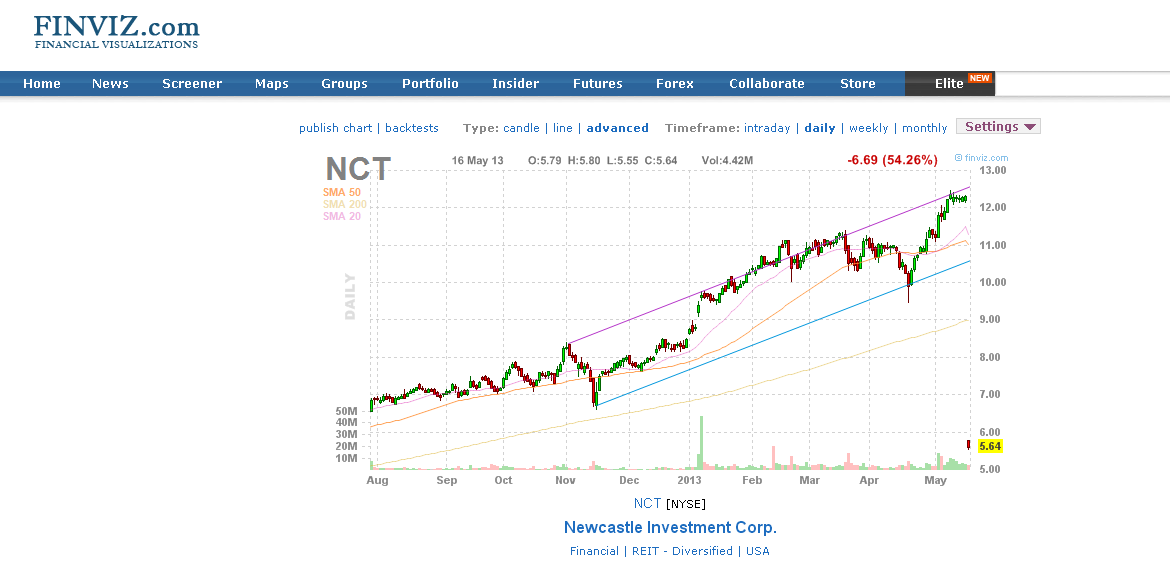Trading futures Spreads important strategy on spread trading
Post on: 21 Июль, 2015 No Comment

May 2nd, 2014 — Issue #735
1. Hot Market Chart: Gold Bulls
Gold Bulls Have a Good Day Friday
From our friend Jim Wyckoff
Jim has an excellent daily newsletter where he reviews different markets, alerts you for potential trades and much more. Included is his great bi-weekly newsletter with charts and a little longer term outlook. We recommend checking out his website, educational CDROM, and services at www.jimwyckoff.com click on image below to enlarge
Gold prices on Friday made a good recovery from the early session low. After dipping following a bearishly construed U.S. employment report, gold buyers stepped in. Short covering from the shorter-term traders after recent selling pressure, bargain hunting, and some safe-haven buying are featured plays to wind down the trading week. The tensions in Ukraine were on the rise Friday. Prices were scoring a bullish outside day up on the daily bar chart, negated a downtrend line and were poised to close at a bullish weekly high close on Friday.
2. Trading Futures Spreads — Basic But Important Strategy
A basic and important strategy for commodities traders using spread trading.
By: Mark O’Brien, Cannon Trading Commodities Broker
Over my 20+ year career as a commodities broker . I have studied and traded a wide range of approaches to trading the futures markets. From candlestick formations to the commodity channel index, from condors to turtle trading, there’s an enormous catalog of tools and methods available for traders to consider.
One method I have noticed is surprisingly underrepresented among retail traders is futures spread trading, where a single position in the market consists of the simultaneous purchase of one futures contract and sale of a related futures contract as a unit. I call it surprising because some of the most invested players in futures trading – and arguably the most sophisticated – include large speculators and commercial firms who regularly employ spreads. This includes traders in the markets who often actually buy and sell the physical commodities we trade. Farmers, ranchers and other food growers along with food producers, petroleum companies who either drill for oil or natural gas or refine these products – or both, financial institutions with enormous holdings in treasuries, equities or currencies, mining interests and their buyers – all these areas of production and distribution employ spreads from time to time as an important aspect of their businesses. Indeed, spread trading is a fundamental and essential part of the commodities futures markets.
At the same time, despite the remarkable increase in interest and in the growth in the volume of the futures markets over the years, spread trading is typically dismissed by most other traders in search of a trading strategy . With so much attention focused on other approaches related to straightforward directional trading (and within that category, day-trading) it’s not difficult to see how spread trading can be overlooked.
To read the remainig article on Trading Futures Spreads by Mark O’brien, please fill out the small form below.














